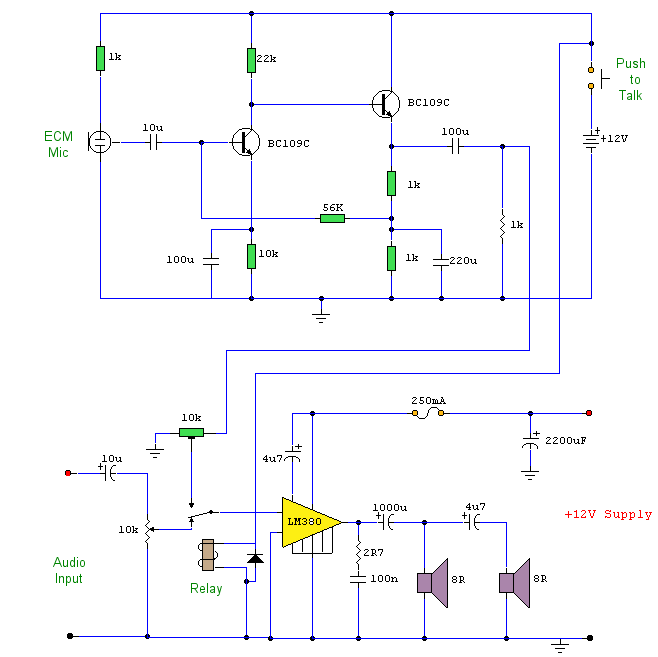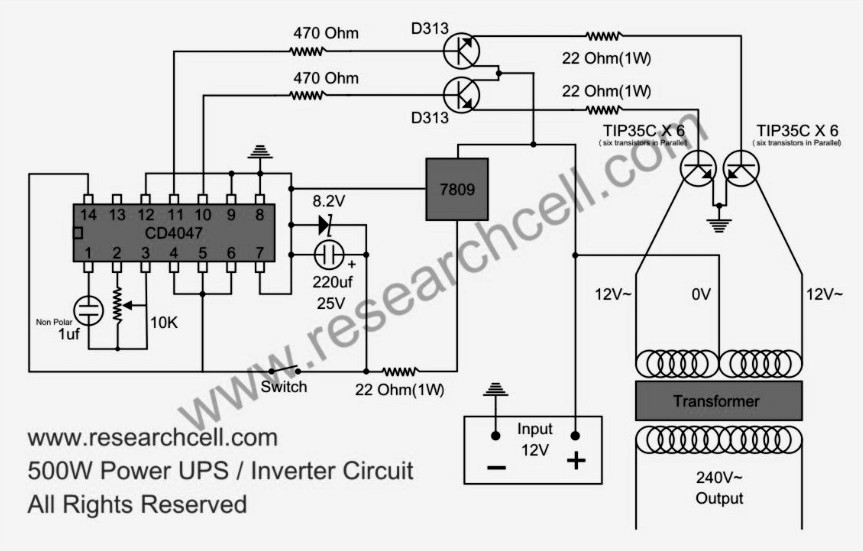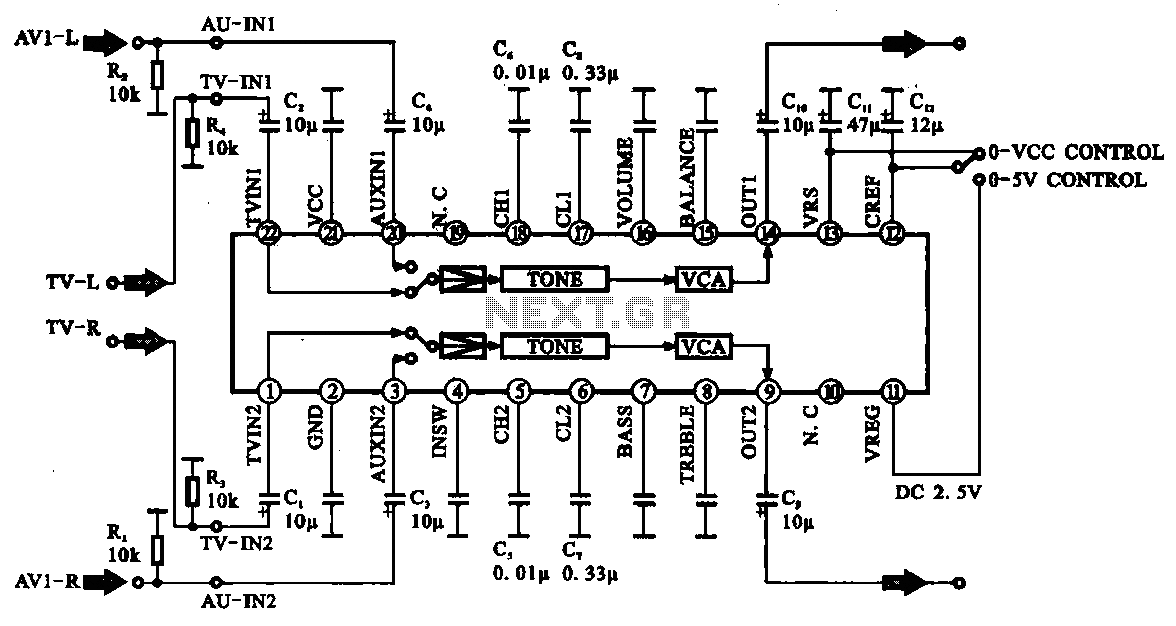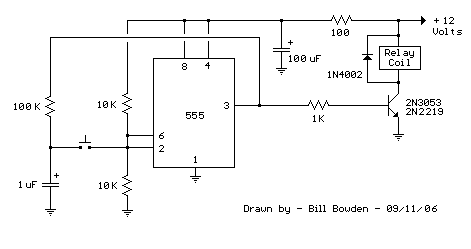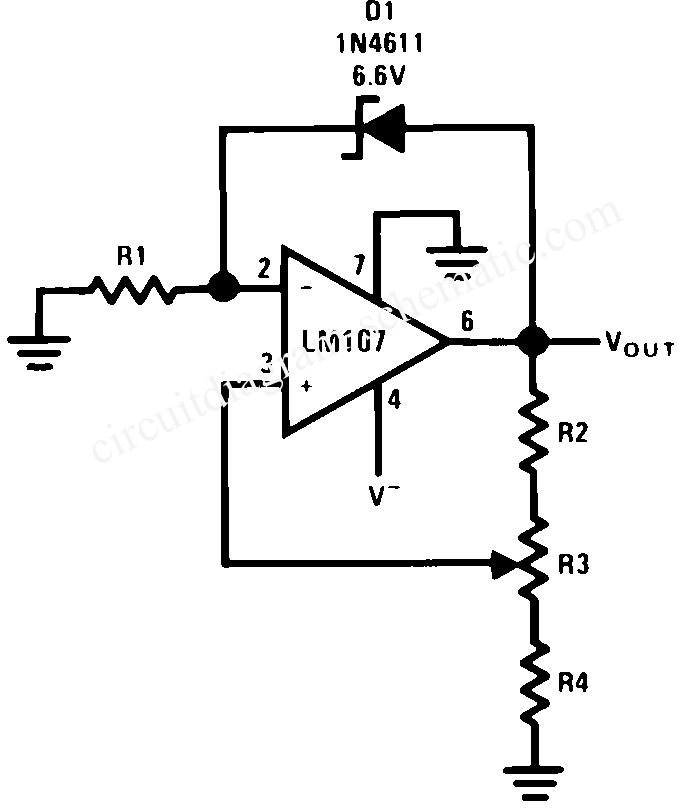
The FM demodulation circuit using TA7343
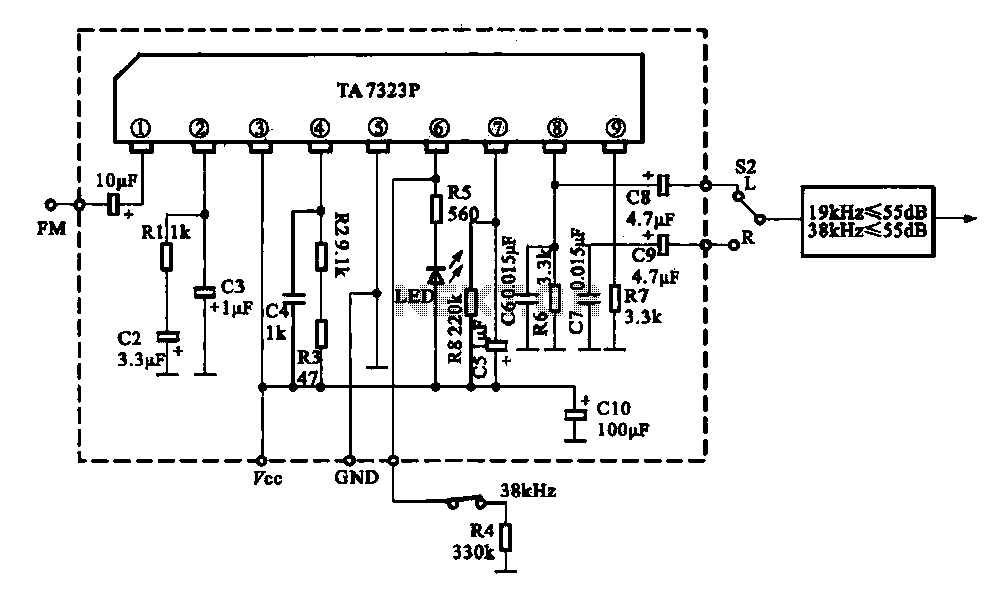
The current design utilizes a stereo decoder integrated circuit (IC) that guarantees a channel separation of 45 dB or more due to its manufacturing process. The intermediate frequency amplifier gain is sufficiently high to achieve a channel separation greater than 20 dB easily, eliminating the need for a general separation adjustment circuit. However, when employing the widely used TA7323P decoder, it is necessary to adjust the free-running frequency to ensure optimal stereo separation performance.
The stereo decoder IC plays a critical role in audio systems by demodulating FM signals and separating the audio channels for left and right speakers. The design of the circuit centers around the TA7323P, which is known for its high performance in stereo decoding applications. This IC is specifically engineered to provide robust channel separation, which is pivotal for delivering high-quality audio output.
In practical applications, the TA7323P decoder operates at a specified intermediate frequency (IF) and requires a well-designed amplifier stage to maintain the necessary gain levels. The amplifier stage should be configured to achieve a gain that supports the decoder's specifications, ensuring that the output maintains clarity and fidelity. The high gain of the amplifier is crucial, as it directly affects the overall signal-to-noise ratio and the quality of audio reproduction.
To optimize stereo separation, the free-running frequency of the TA7323P must be carefully adjusted. This adjustment is typically performed during the setup phase of the circuit and is vital for achieving the best audio performance. Proper tuning of this frequency allows the decoder to effectively distinguish between the left and right audio channels, minimizing crosstalk and enhancing the listening experience.
Overall, the integration of the TA7323P decoder within a well-designed audio circuit, complemented by a high-gain amplifier, ensures superior audio quality with significant channel separation while simplifying the design by eliminating the need for additional separation adjustment circuits.Currently using stereo decoder IC itself because the manufacturing process can ensure separation between the two channels of 45 dB or more, only to the intermediate frequency a mplifier gain is high enough. For signal channel separation is greater than 20 dB is easy, and therefore does not have a general separation adjustment circuit. But the widespread use TA7323P decoder, free-running frequency should be adjusted to ensure that the stereo separation to achieve the best results,
The stereo decoder IC plays a critical role in audio systems by demodulating FM signals and separating the audio channels for left and right speakers. The design of the circuit centers around the TA7323P, which is known for its high performance in stereo decoding applications. This IC is specifically engineered to provide robust channel separation, which is pivotal for delivering high-quality audio output.
In practical applications, the TA7323P decoder operates at a specified intermediate frequency (IF) and requires a well-designed amplifier stage to maintain the necessary gain levels. The amplifier stage should be configured to achieve a gain that supports the decoder's specifications, ensuring that the output maintains clarity and fidelity. The high gain of the amplifier is crucial, as it directly affects the overall signal-to-noise ratio and the quality of audio reproduction.
To optimize stereo separation, the free-running frequency of the TA7323P must be carefully adjusted. This adjustment is typically performed during the setup phase of the circuit and is vital for achieving the best audio performance. Proper tuning of this frequency allows the decoder to effectively distinguish between the left and right audio channels, minimizing crosstalk and enhancing the listening experience.
Overall, the integration of the TA7323P decoder within a well-designed audio circuit, complemented by a high-gain amplifier, ensures superior audio quality with significant channel separation while simplifying the design by eliminating the need for additional separation adjustment circuits.Currently using stereo decoder IC itself because the manufacturing process can ensure separation between the two channels of 45 dB or more, only to the intermediate frequency a mplifier gain is high enough. For signal channel separation is greater than 20 dB is easy, and therefore does not have a general separation adjustment circuit. But the widespread use TA7323P decoder, free-running frequency should be adjusted to ensure that the stereo separation to achieve the best results,
